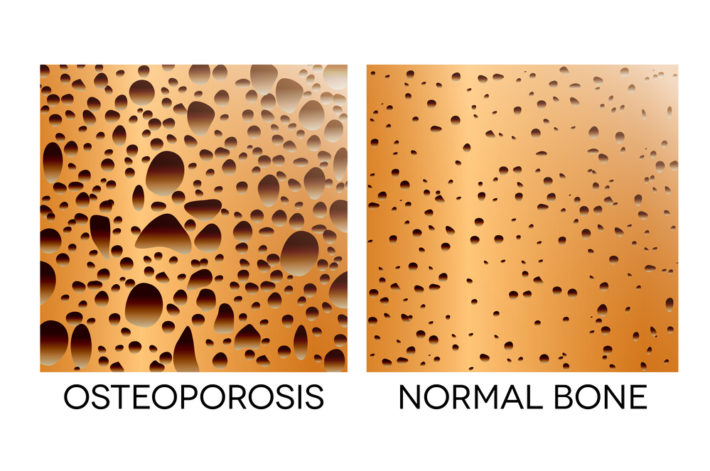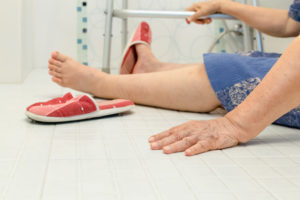
It’s winter and that means slippery ice on the ground in many parts of the country…
So it’s time to think about how to prevent falls more often than usual.
According to the Centers for Disease Control (CDC):
- One out of five falls causes a serious injury such as broken bones or a head injury.
- Each year, 2.8 million older people are treated in emergency departments for fall injuries.
- Over 800,000 patients a year are hospitalized because of a fall injury, most often because of a head injury or hip fracture.
- Each year at least 300,000 older people are hospitalized for hip fractures.
- More than 95% of hip fractures are caused by falling, usually by falling sideways.
- Falls are the most common cause of traumatic brain injuries (TBI).
- Adjusted for inflation, the direct medical costs for fall injuries are $31 billion annually. Hospital costs account for two-thirds of the total.
According to Dr. Neil Binkley, a geriatrician at the University of Wisconsin-Madison whom I interviewed at the Annual Meeting of the North American Menopause Society (NAMS), “Around a third of adults over age 65 fall every year and after age 75 it’s almost 50%.” Many falls do not cause injuries. But one out of five falls does cause a serious injury such as a broken bone or a head injury.

One of the important things people can do is to prevent falls before they happen because one of the things that people don’t think about as a real consequence of falling is that they can lose their independence.
According to Dr. Binkley, some of the things that people can do to prevent falls is simply common sense. “One of the biggest factors leading to falls risk is muscle weakness with advancing age. The $95 word for that is sarcopenia, which means loss of muscles.”
We all have recognized older adults who have difficulty climbing steps, getting out of the chair, getting off of the toilet, etc. and those individuals in essence have sarcopenia. So we need to do things to keep our muscles strong.
Dr. Binkley said that, “Exercise is obviously the cornerstone of that and it doesn’t have to be going to the gym and putting 50 lbs on your back.” Just walking or climbing steps is all that is needed.
Another important part of maintaining muscle strength is protein intake. And it probably doesn’t matter whether the protein comes from animals or vegetables, in that they’re broken down to amino acids and those are the building blocks of our muscles. So activity and protein intake, as well as enough vitamin D to keep our bones strong, are all important.
Another thing that is really important to prevent falls risk is looking at all of the medications a person takes. As we age we tend to see multiple healthcare providers and we get prescribed drug X, Y and Z, and pretty soon we’re on 10 medications that are interacting. In fact, the average person is on 8 to 13 medicines.
And even over the counter ones can make you fall. One in particular are antihistamines such as Benadryl, which are common in cold and flu seasons. “Antihistamines have anticholinergic effects that can affect thinking and balance and cause us to be more likely to fall, Dr. Binkley commented, “so minimize medications, diet and exercise are really common sense things that we can do.”
Women who are on estrogen therapy often have stronger bones because estrogen can slow down or prevent the loss of calcium from the bones if taken in the earlier years after menopause, according to research provided in a recently released book, The Estrogen Fix.
Another important part of falling, assuming no bones are broken, is getting up. So rather than waiting until you fall and then saying, “How do I get up?” think about getting up off the floor ahead of time.
Dr. Binkley commented that there’s a wonderful document that you can find online from the Ministry of Health in New Zealand called, “Love your Independence,” and it’s written for the public. There are nice pictures that describe what to do. One key idea is to scoot over to a solid chair to get into a sitting position, grab on to the chair and sit down on the chair and then get up from there.
For more information on keeping your bones strong visit www.EstrogenFixBook.com.
See the entire interview in the video below.
